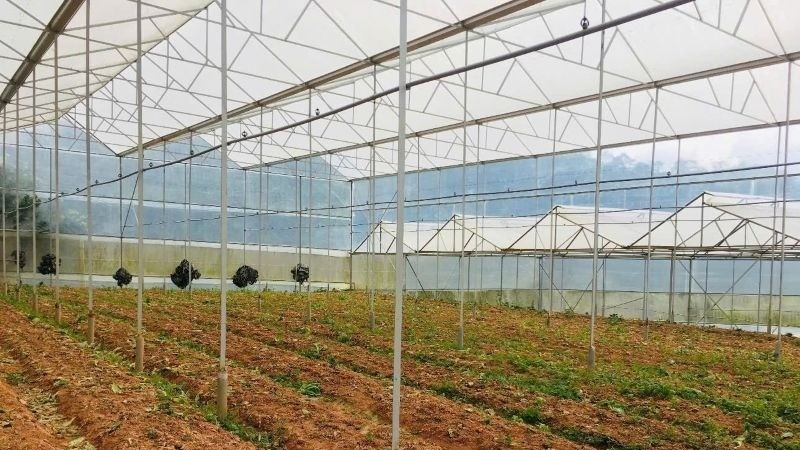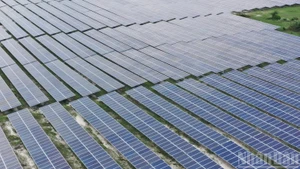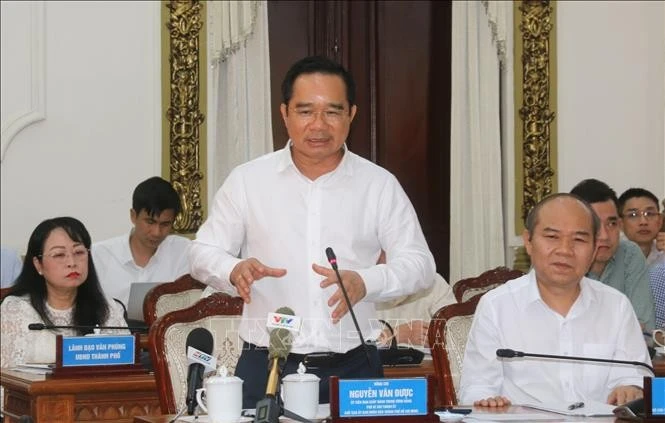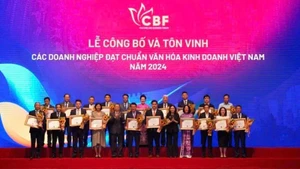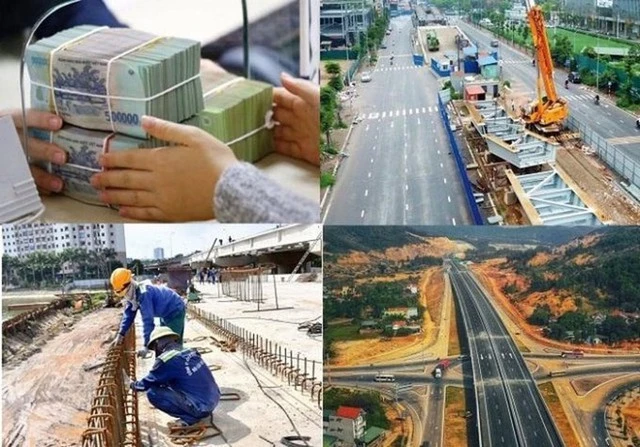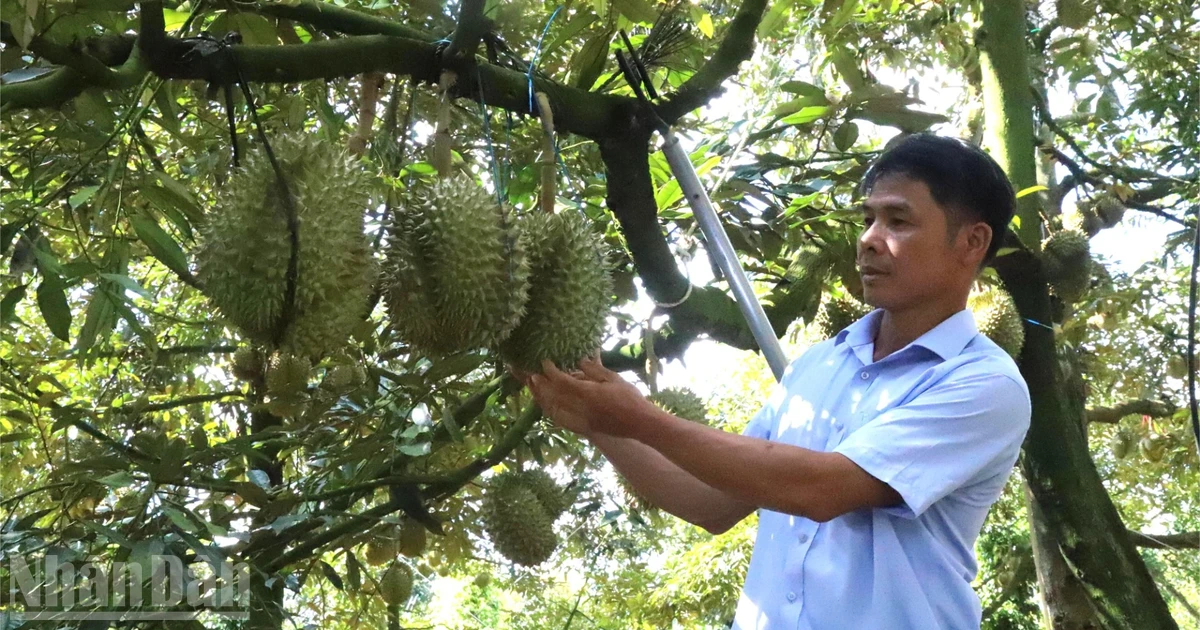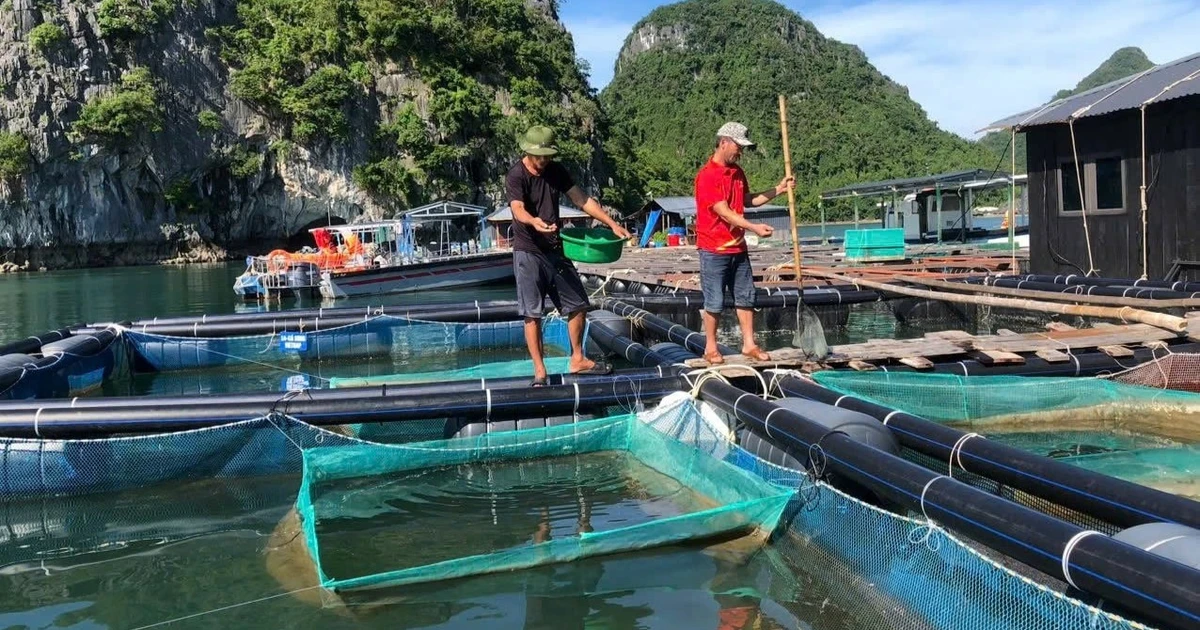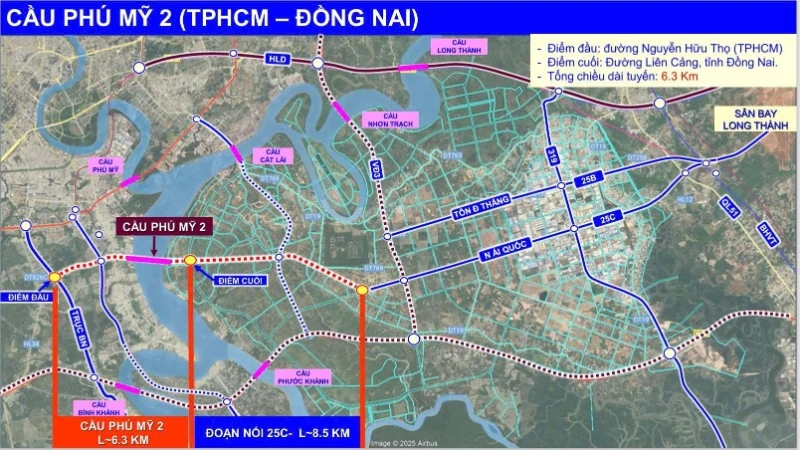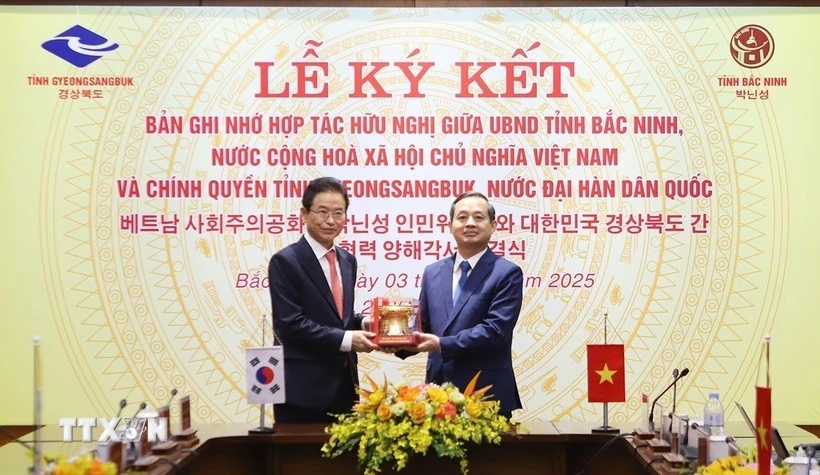Collective economic organisations and cooperatives in recent times have shown that, in addition to positive aspects, there are still many limitations due to the lack of financial resources to develop a systematic production plan. They have not yet demonstrated their leading and supporting role for farmers in organising production and consumption of agricultural products.
Large capital needs
Tan Tien General Agricultural Service Cooperative in Da Lat City (Lam Dong Province) currently has seven members and over 60 affiliated households specialising in producing various vegetables, roots, and fruits that meet VietGAP standards. Every day, the cooperative supplies nearly 10 tons of agricultural products to the market. To expand its market and diversify its products, the cooperative has planned to transition leafy vegetables from safety standards to organic production, aiming for export. However, achieving this goal requires a substantial amount of capital to invest in greenhouses, net houses, closed-loop irrigation and fertilisation technology following GlobalGAP standards, as well as refrigerated warehouses and preliminary processing facilities to ensure post-harvest quality that meets importer requirements.
Dinh Thuy Agricultural Cooperative has used its members' assets as collateral to secure loans for purchasing machinery and equipment.
Mai Van Khan, Chairman of the Board of Directors of Tan Tien General Agricultural Service Cooperative, stated that securing credit capital for the cooperative's production model transformation has been a relatively smooth process due to strong ties with commercial banks in Da Lat City. Additionally, the cooperative has received support from government agencies in accessing loans from the Central and Lam Dong Provincial Cooperative Development Support Fund. However, despite the ease of accessing capital, the loan terms for agricultural production projects typically range from only 1-2 years, whereas investing in a modern greenhouse system often requires 5-7 years for capital recovery. This presents a significant challenge, making it difficult for cooperatives to confidently take out loans.
Founded in 2012, the Green Farm Investment and Ba Vi Cattle Development Cooperative in Van Hoa Commune, Ba Vi District, was one of the first cooperatives in Hanoi to implement a closed-loop production and livestock model. To adapt to market changes, the cooperative has actively partnered with businesses to enhance product quality. Director Ta Viet Hung stated that the cooperative is planning to expand production and invest in processing lines to improve product quality, but it recognises the challenges of accessing capital and credit for such investments.
In reality, not every project or production model is guaranteed success from the moment an investment loan is secured. The assets used as collateral in these projects often have low value, and the short loan durations limit the ability of cooperatives and collective economic organisations to maintain and expand their production. According to the Vietnam Cooperative Alliance, most cooperatives rely heavily on external funding, with self-financed capital typically accounting for less than 20%.
The government is implementing eight policy groups to support cooperative economic organisations and cooperatives. These policies have been institutionalised in the 2023 Cooperative Law, with a particular emphasis on promoting infrastructure and equipment development. A critical factor for the sustainable growth of cooperatives is increasing the scale of indivisible common assets. Currently, most cooperatives in Vietnam have very small asset scales, making it difficult to access capital from policy banks, which directly affects their development.
Deputy Director General of the Department of Private Enterprise and Cooperative Economy Development (Ministry of Finance), Dang Van Thanh.
Le Quang Vinh, General Director of Vietcombank, reported that the bank is currently providing loans to over 50 cooperatives, with a total outstanding credit balance of nearly a trillion VND. However, the bad debt ratio for cooperatives is around 5%, significantly higher than the overall bad debt ratio of 1% across the entire economy. This has made banks cautious when approving loan applications from cooperatives and collective economic organisations.
Support policy needed
To ensure the sustainable development of cooperative economic organisations, economic experts suggest that the government should increase resources for the Cooperative Development Support Fund system. Additionally, the State Bank of Vietnam, the Ministry of Agriculture and Rural Development, and the Vietnam Cooperative Alliance should collaborate to propose effective mechanisms for government-backed loans. This would prevent indiscriminate lending that could lead to inefficiencies and financial losses.
Dang Van Thanh, Deputy Director of the Department of Private Enterprise and Collective Economy Development (Ministry of Finance), said that the Government is implementing 8 groups of policies to support collective economic organisations and cooperatives. All 8 groups of policies have been institutionalised in the 2023 Law on Cooperatives. In particular, the Government is paying special attention to and promoting the implementation of policies to support the development of infrastructure and equipment, because an important factor for cooperatives to develop sustainably is to increase the scale of undivided common assets. Currently, the scale of cooperatives in our country is still very small, leading to many difficulties in accessing capital from policy banks, thus directly affecting the development orientation of collective economic organisations and cooperatives.
To achieve the above objectives, the cooperative needs a relatively large amount of capital to invest in a system of greenhouses, net houses, closed irrigation and fertilisation technology according to GlobalGAP standards, as well as a system of cold storage and processing workshops that can ensure the quality of agricultural products after harvest to meet the requirements of importers.
The 2023 Cooperative Law introduces several new provisions that help address cooperatives' financial challenges. Vice President of the Vietnam Cooperative Alliance, Cao Xuan Thu Van, highlighted that internal lending between cooperatives is now permitted, and the maximum capital contribution per member has been increased from 20% to 30%, or even 40% for enterprises. These changes aim to strengthen the internal financial capacity of cooperatives. Additionally, the government has allocated VND 1,000 billion to the Vietnam Cooperative Alliance to implement credit activities for member cooperatives.
With the new points of the Law on Cooperatives, the Government's participation in directing the policy banking system and credit institutions to flexibly apply forms, terms and collateral for cooperatives' investment loans to expand production. This is also the goal that the agricultural sector is aiming for; and the cooperative model and collective economic organisation not only bring high economic efficiency but also contribute to the early realisation of the target of more than 3% GDP growth for the whole sector by 2030.
